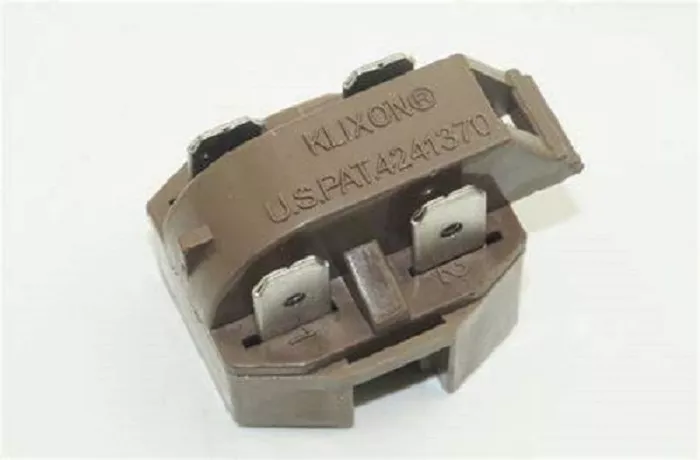The refrigerator compressor is the heart of the cooling system, responsible for circulating refrigerant and maintaining the desired temperature. A critical component that ensures the compressor starts and runs efficiently is the start relay. However, many homeowners and even some technicians struggle to locate and identify this part.
Understanding the Refrigerator Compressor and Start Relay
The Role of the Compressor
The compressor is a motorized pump that pressurizes refrigerant, turning it from a low-pressure gas into a high-pressure liquid. This process allows heat to be absorbed from the fridge’s interior and expelled outside.
What Is a Start Relay?
The start relay (also called a compressor relay) is an electrical switch that helps the compressor motor start by providing an initial surge of power. Once the motor reaches a certain speed, the relay disengages, allowing the compressor to run normally.
- PTC (Positive Temperature Coefficient) Relay: Uses a thermistor to control current flow.
- Electromechanical Relay: Uses a magnetic coil to engage/disengage the start winding.
Without a functioning relay, the compressor may hum but not start, leading to cooling failure.
Where Is the Start Relay Located on a Fridge Compressor?
General Location of the Start Relay
The start relay is almost always mounted on or near the compressor itself. Since the compressor is typically located at the back of the refrigerator (either inside or outside the cabinet), the relay will be in that area.
Step-by-Step Guide to Locating the Relay
Unplug the Refrigerator
Before inspecting any electrical components, always disconnect the fridge from power to avoid electric shock.
Access the Compressor Area
- For most fridges: The compressor is at the rear bottom section, behind a removable panel or grill.
- For some models (e.g., side-by-side refrigerators): The compressor may be inside a compartment at the back.
Remove any screws or clips securing the panel and set it aside.
Identify the Compressor
The compressor is a black, cylindrical metal component with refrigerant lines connected to it. It will also have electrical wires leading to it.
Look for the Start Relay
- The relay is usually a small plastic or metal box (about the size of a matchbox) attached to the compressor.
- It is connected to the compressor’s terminal pins via a wiring harness.
- In some models, the relay may be clipped onto the compressor housing or held in place with a bracket.
Check for Additional Components
- Start Capacitor: A cylindrical component that stores extra power for startup.
- Overload Protector: A safety device that shuts off the compressor if it overheats.
These may be housed together in a single assembly.
How to Test and Replace a Faulty Start Relay
Signs of a Bad Start Relay
- Compressor hums but doesn’t start
- Fridge not cooling properly
- Relay feels hot or shows burn marks
- Clicking sound but no compressor activation
Testing the Relay
Shake Test (For Electromechanical Relays)
- Remove the relay and shake it.
- If you hear rattling, the internal contacts are likely damaged.
Resistance Test (Using a Multimeter)
- Set the multimeter to ohms (Ω).
- Check for continuity between the relay terminals (refer to the wiring diagram).
- A good relay will show low resistance when activated.
- No continuity or infinite resistance indicates a faulty relay.
Visual Inspection
- Look for burn marks, melted plastic, or corrosion.
- A swollen or cracked PTC relay needs replacement.
Replacing the Start Relay
- Purchase the correct replacement (check the fridge’s model number).
- Disconnect the old relay from the compressor terminals.
- Plug in the new relay in the same orientation.
- Reattach the overload protector (if separate).
- Restore power and test the fridge.
Conclusion
The start relay is a crucial component that ensures your refrigerator compressor starts smoothly. It is typically located on or near the compressor at the back of the fridge. If your fridge is not cooling but the compressor hums, a faulty relay is a likely culprit.
By following this guide, you can locate, test, and replace the start relay efficiently. Always prioritize safety and consult a professional if the issue persists.

